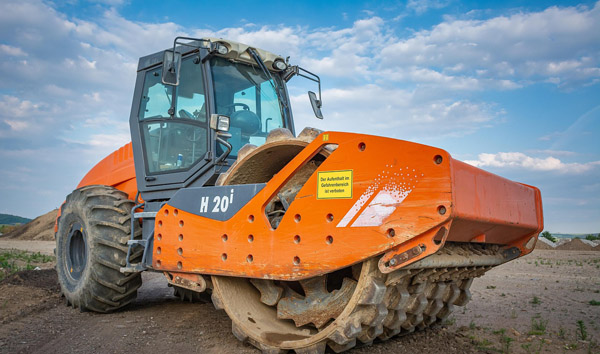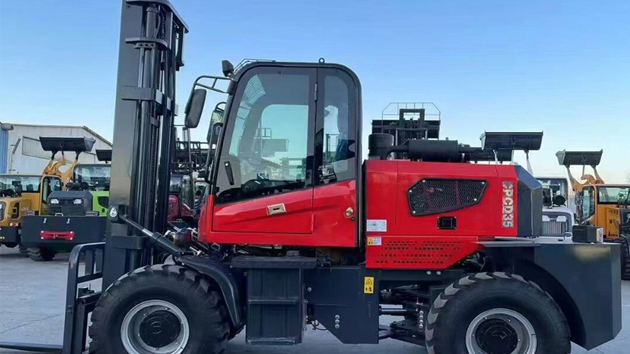The Future of Off-Road Telescopic Lift Trucks: Maximizing Lift Capacity for Heavy-Duty Applications
2025-07-04 04:10:29
The lift capacity of off-road telescopic lift trucks is a defining factor in their operational efficiency. Recent data from the International Construction Equipment Association (ICEA) indicates that modern models can handle loads ranging from 6,000 to 12,000 kg, depending on configuration. These machines are engineered with reinforced booms and hydraulic systems to ensure stability under extreme conditions. The lift capacity directly correlates with the truck’s structural integrity, making it a key metric for buyers in construction, agriculture, and logistics sectors.
Several factors influence the lift capacity of off-road telescopic lift trucks, including boom length, load distribution, and terrain conditions. A study by Caterpillar revealed that extending the boom beyond 50% of its maximum length can reduce lift capacity by up to 30%. Additionally, uneven or soft terrain may further limit performance, requiring operators to adjust load expectations. Advanced stability control systems, such as dynamic load-sensing hydraulics, help mitigate these challenges, ensuring safer and more efficient operations.
Technological advancements are pushing the boundaries of lift capacity in off-road telescopic lift trucks. For instance, Liebherr’s latest models incorporate high-strength steel alloys and AI-driven load management systems, increasing lift capacity by 15% compared to previous generations. These innovations are critical for industries like mining, where heavy payloads are common. Furthermore, telematics integration allows real-time monitoring of load conditions, preventing overloading and enhancing safety.
Operational best practices play a vital role in maximizing the lift capacity of off-road telescopic lift trucks. Training programs from OSHA emphasize proper load positioning and adherence to manufacturer guidelines to avoid capacity degradation. Case studies from Komatsu demonstrate that well-trained operators can achieve 20% higher efficiency in load handling. Regular maintenance, including hydraulic system checks and boom inspections, also ensures sustained performance over time.
Looking ahead, the lift capacity of off-road telescopic lift trucks is expected to grow with emerging technologies. Electrification and hybrid powertrains are being tested to enhance power delivery without compromising load-bearing capabilities. According to a McKinsey report, the global market for high-capacity lift trucks is projected to expand by 8% annually, driven by infrastructure development. As demand rises, manufacturers will continue refining designs to meet the evolving needs of heavy industries.













